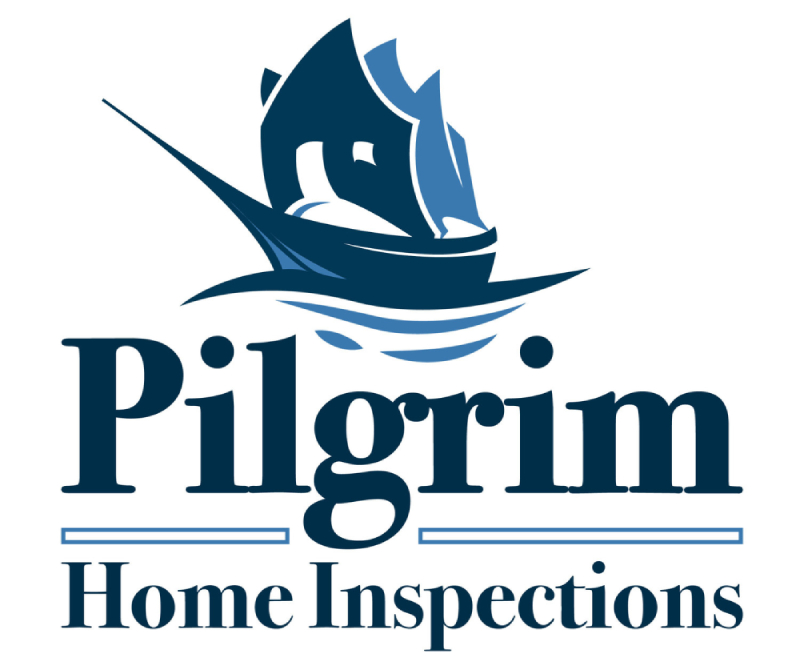The benefits of thermal imaging are numerous. Infrared thermography, or thermal imaging, uses a special camera that detects infrared radiation. It measures this infrared radiation emitted by an object or environment and then converts it into a visual image. These special cameras find warm and cold temperature patterns. Warm areas will appear in the photo in hues of orange and red. Additionally, cold spots are blue and purple. Thermal imaging is advantageous in home inspections because it can identify potential hazards that would otherwise be left unseen.
Infrared Thermography Detects Water Leaks
Water leaks are incredibly detrimental to homes because they are a hazard to the home’s structure and the health of those living there. Thermal imaging technology aids in finding both past and present water leaks. The mechanism behind this is that moisture presents cooler than the surrounding area because when water evaporates, it cools the surface it is on. So where there is moisture, there will be hues of blue in the image. For instance, if there is a water leak in the ceiling over a bathroom, the colors of the image will present differently over this area than in other rooms.
Thermal imaging is especially helpful in detecting water leaks because it’s an easy way to check where the leak is happening. Rather than opening walls to search for a leak, the thermal camera simply provides an image of what’s happening underneath the surface. Finding water-damaged areas early prevents further damage to the house and reduces the risk of mold growth. With thermal imaging water leak detection, homeowners can become aware of leaks in a non-invasive manner and then take the steps necessary to address the issue before it becomes more severe and costly.
Infrared Thermography Aids in Improving Energy Efficiency
Thermal imaging is a great way to assess energy efficiency. It identifies areas of a building that allow cold air to enter. For example, thermal imaging can detect if windows are poorly insulated, because the area around them will show up as colder than the rest of the home. Once these areas are identified, specific steps can be taken to prevent energy loss. In our example, the homeowner will know which windows create the most significant drafts and install weatherstripping to rectify the problem.
By identifying and addressing areas of air leakage, homeowners reduce the energy used to heat or cool their houses. Excitingly, this leads to lower energy bills. Moreover, improving energy efficiency reduces carbon emissions and contributes to a more sustainable future.
Infrared Thermography Discovers Electrical Issues
Electrical issues are extremely dangerous to homes and the people and pets living in them. These issues can lead to electrical surges, which damage appliances. Furthermore, they can cause electrical fires, which happen if wiring is overloaded or damaged, and are particularly hazardous because of how fast they can spread. In some instances, electrical issues can cause electric shock, which happens when an electric current passes from a live outlet to part of the body. The Electrical Safety Foundation International reports more than 30,000 non-fatal shock accidents occur yearly.
Fortunately, thermal imaging identifies electrical issues that indicate danger, such as faulty wiring, overloaded circuits, and failing components. Inspectors can recommend repairs or upgrades to ensure the home’s safety by identifying these issues. For example, an electrician can repair or upgrade overloaded circuits to prevent the risk of electrical fires and remediate loose connections.
Here at Pilgrim Home Inspections, our priority is conducting the most thorough evaluation of your home. For this reason, we include complimentary thermal imaging during all home inspections. It’s important for us to utilize this technology because the images detect subtle temperature changes that would not otherwise be visible to the naked eye. Contact us today to schedule your home inspection with complimentary thermal imaging!


.png)